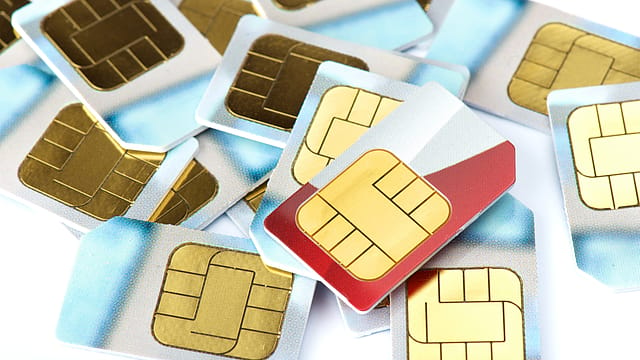Call drops continue to plague Indian mobile networks as 89% of subscribers report issues: Survey
ADVERTISEMENT

More than a year after new regulatory measures were introduced to curb call drop rates and improve mobile service quality in India, a new nationwide survey shows little progress. According to a recent LocalCircles study, 89% of mobile subscribers continue to face call connection and drop issues, unchanged from the same period last year.
The survey, which gathered over 56,000 responses from 342 districts across India, reveals that 40% of users encounter such issues frequently, with 20% reporting that more than half of their calls fail to connect or get dropped. This comes despite the Telecom Regulatory Authority of India (TRAI) rolling out tougher quality-of-service (QoS) norms and penalties for non-compliance.
In October 2024, TRAI mandated that call drop rates must remain below 2% and average latency under 100 milliseconds for 4G and 5G networks. It also required telcos to submit monthly compliance reports, with financial penalties escalating up to ₹3 lakh per benchmark for repeated violations. However, operators have pushed back, citing difficulties in collecting granular network data.
December 2025
The annual Fortune 500 India list, the definitive compendium of corporate performance, is out. This year, the cumulative revenue of the Fortune 500 India companies has breached $2 trillion for the first time. Plus, find out which are the Best B-schools in India.
The LocalCircles report further indicates that frustrated users are increasingly turning to over-the-top (OTT) platforms such as WhatsApp, FaceTime, and Skype. Approximately 22% of respondents said they regularly resort to WiFi-based calls due to poor mobile voice services, a number that has climbed from 18% to 29% over the past year in the 10–20% usage bracket.
Voice quality comparisons also reflect poorly on traditional networks. While 20% of respondents find mobile voice clearer than OTT platforms, 42% believe OTT voice quality is superior, and 32% find both to be similar.
The study also casts doubt on the effectiveness of recent network infrastructure upgrades and the promise of 5G connectivity. Many consumers reportedly continue to purchase signal boosters to maintain reliable internet service, and operator maps introduced in April 2025 to show geospatial coverage do not include quality metrics.
Demographically, the survey had a diverse base—64% male and 36% female respondents, with 45% from Tier 1 cities, 26% from Tier 2, and 29% from Tier 3, 4, 5, and rural areas.
As India continues its digital transformation journey, the persistent gap in basic mobile call reliability poses a growing concern for regulators, operators, and consumers alike. The lack of visible improvement despite policy changes suggests that more decisive enforcement and technical enhancements may be required to ensure that consumers are not forced to rely on third-party platforms for voice communication.
